 Skip to content
Skip to content
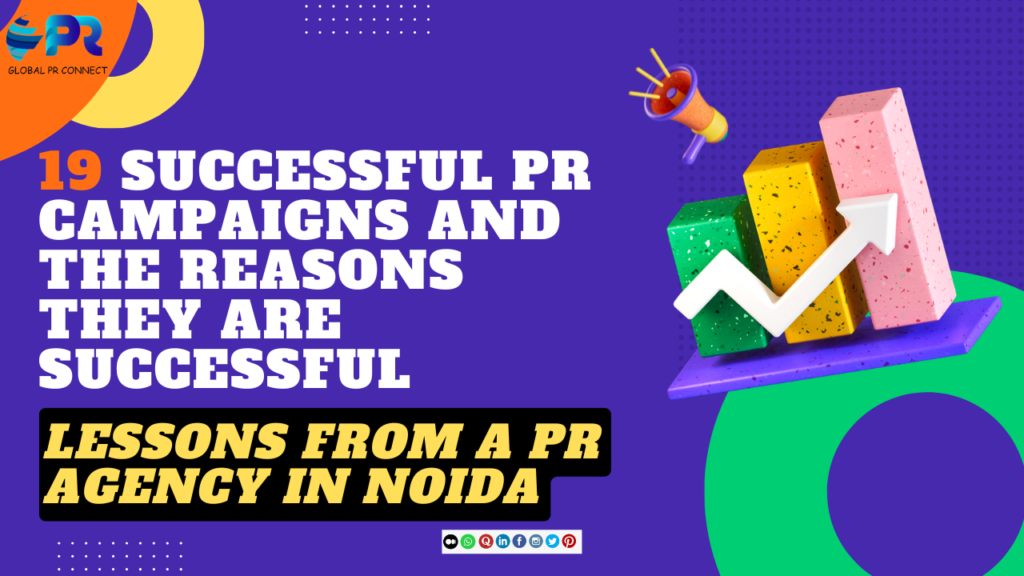
19 Successful PR Campaigns and the Reasons They Are Successful: Lessons from a PR Agency in Noida
November 29, 2024
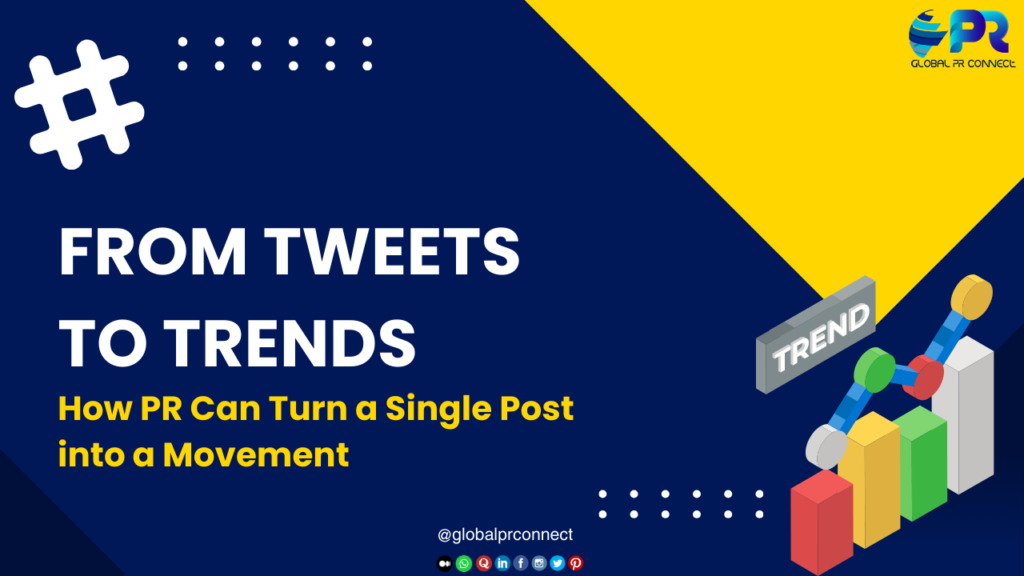
6 Innovative PR Approaches to Transform Tweets into Lasting Movements
November 29, 2024
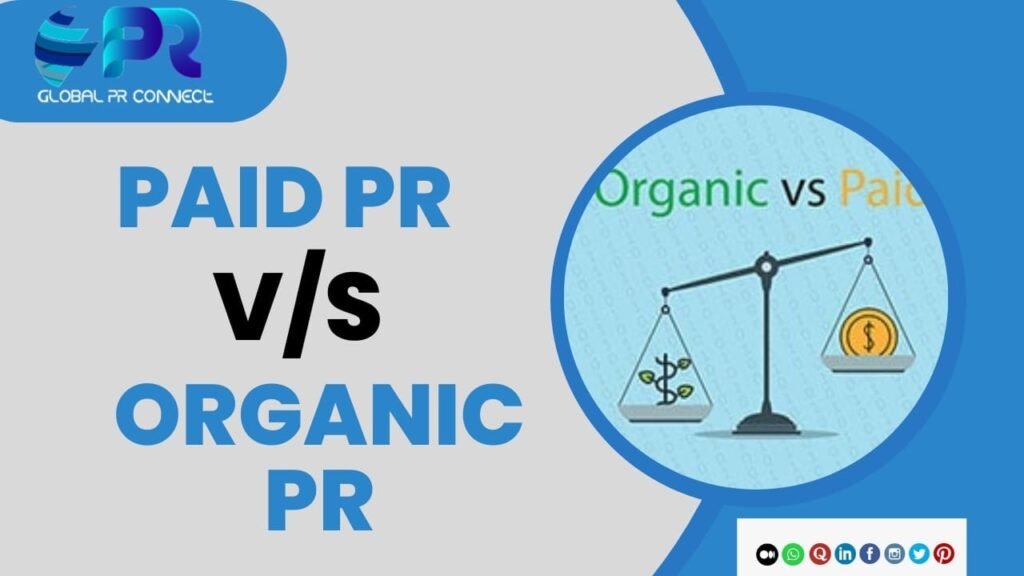
5 Powerful Benefits of Paid PR Over Organic PR in Building Your Brand
November 28, 2024
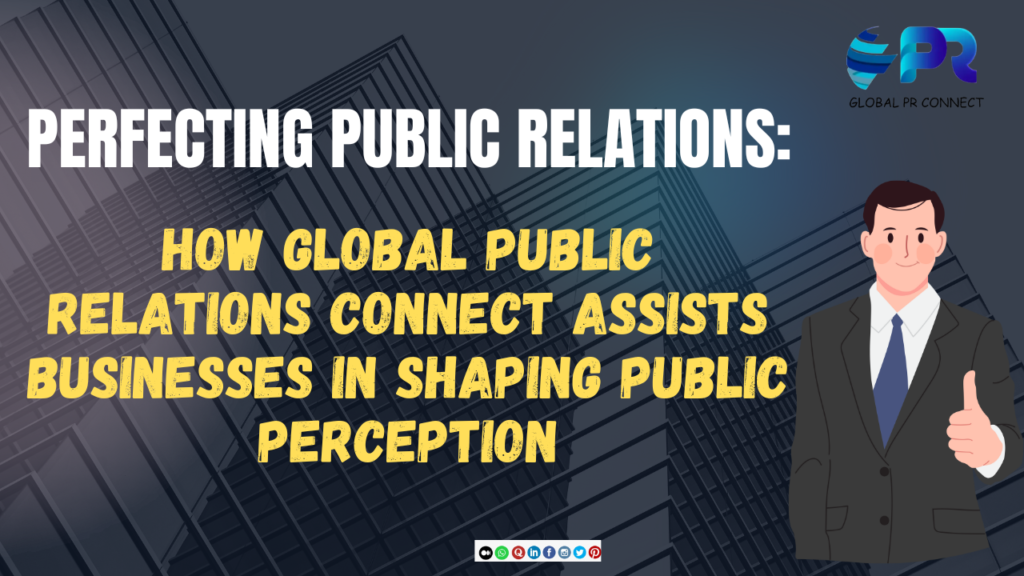
Perfecting Public Relations: How Global Public Relations Connect Assists Businesses in Shaping Public Perception
November 28, 2024

What Do PR Agencies Know About Your Brand That You Don’t in 2024?
November 28, 2024
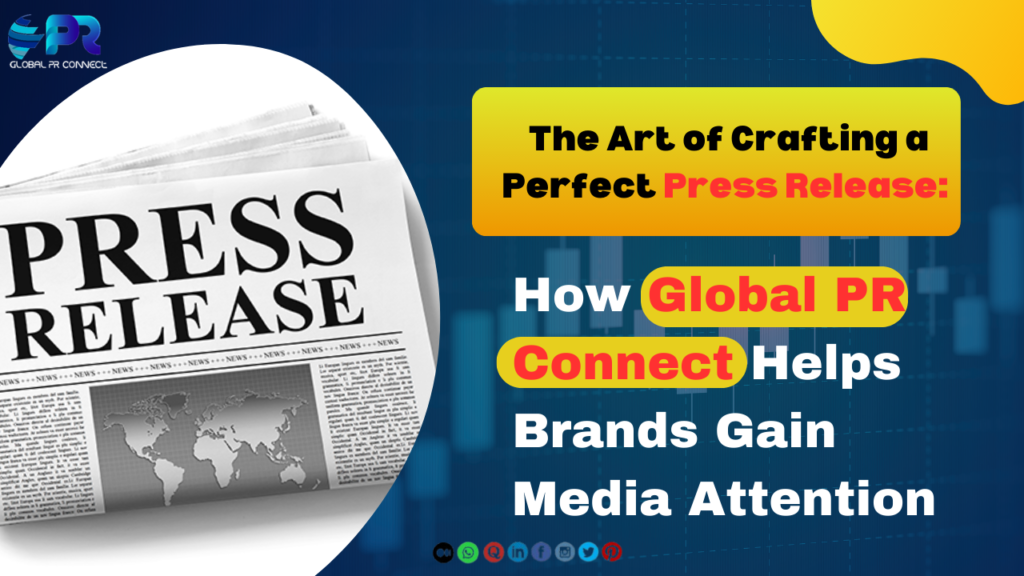
The Art of Crafting a Perfect Press Release: How Global PR Connect Helps Brands Gain Media Attention
November 27, 2024

Best PR Company in Noida/DELHI NCR : Your Guide to Choosing the Perfect Partner
November 27, 2024

Innovative PR strategies to launch your startup brand into orbit in 2024.
November 27, 2024
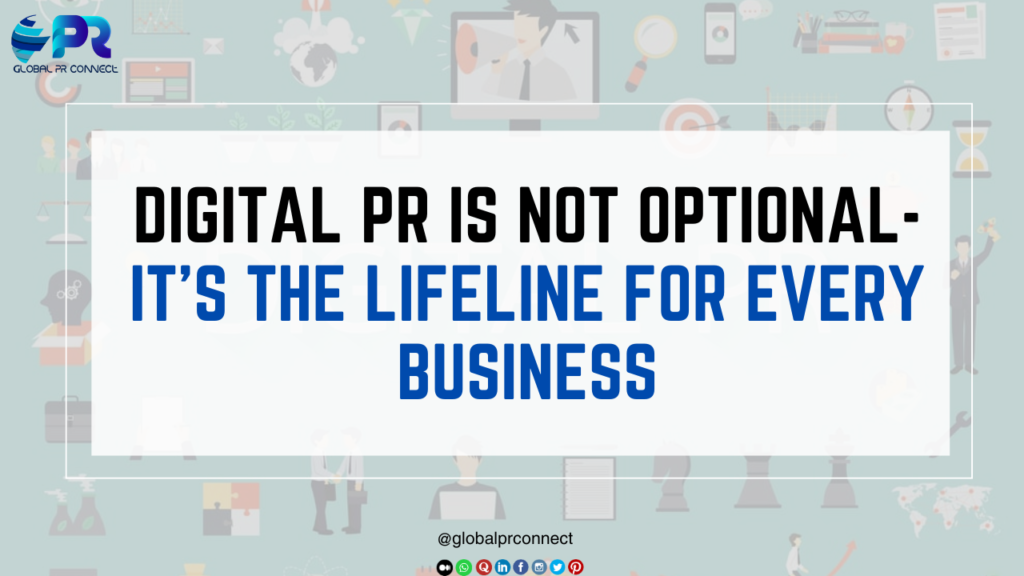
In 2024, Digital PR Is Not Optional—It’s the Lifeline for Every Business
November 27, 2024
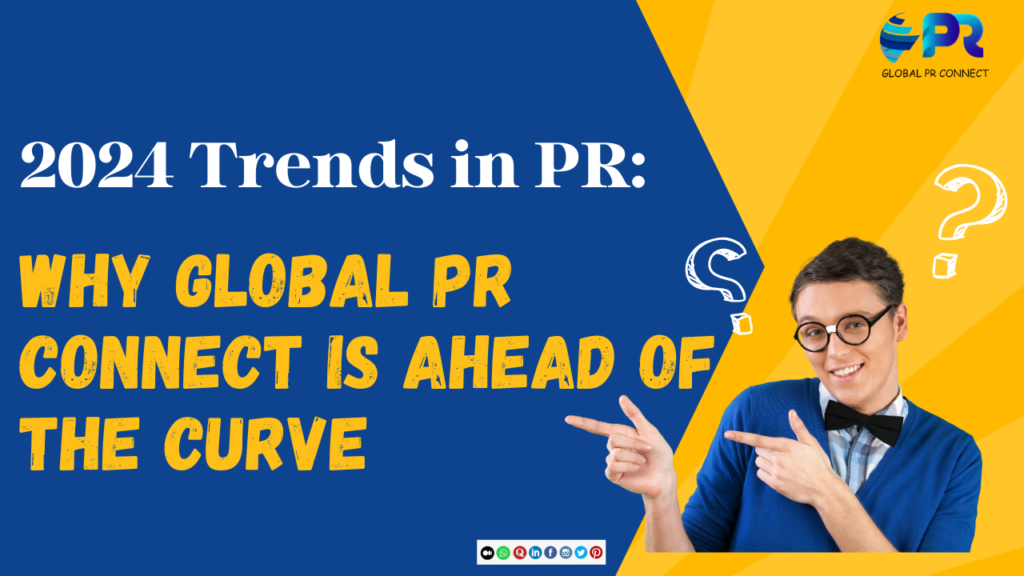
2024 Trends in PR: Why Global PR Connect Is Ahead of the Curve
November 26, 2024
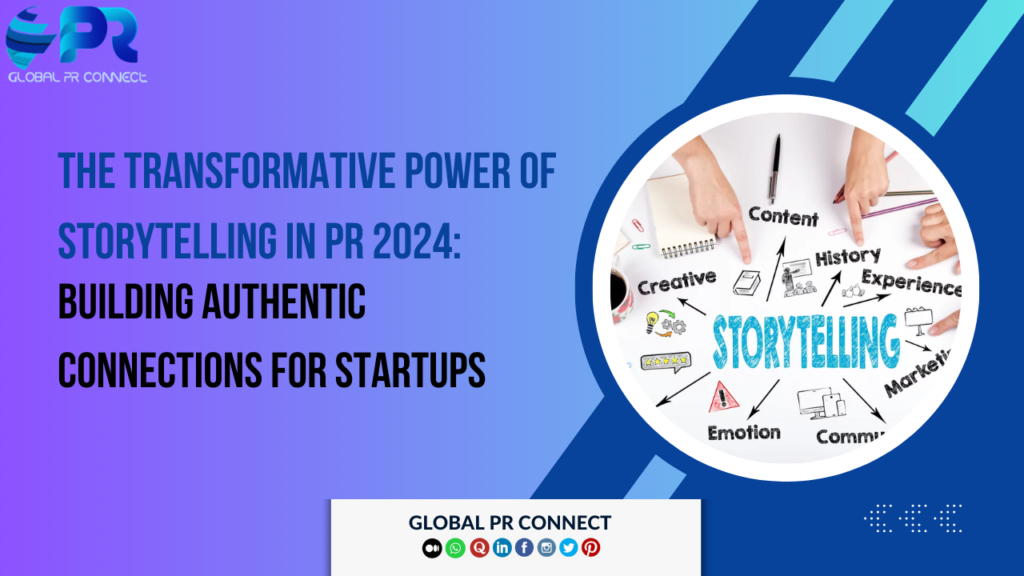
The Transformative Power of Storytelling in PR 2024: Building Authentic Connections for Startups
November 26, 2024
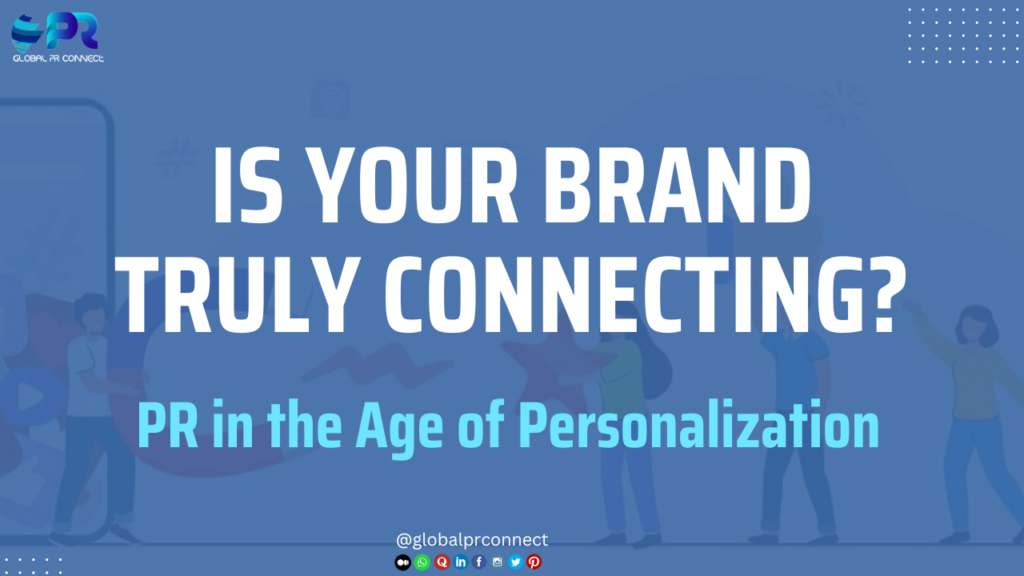
Personalization in PR 2024: Is Your Brand Truly Connecting?
November 26, 2024
 BLOGS
BLOGS 











 Skip to content
Skip to content